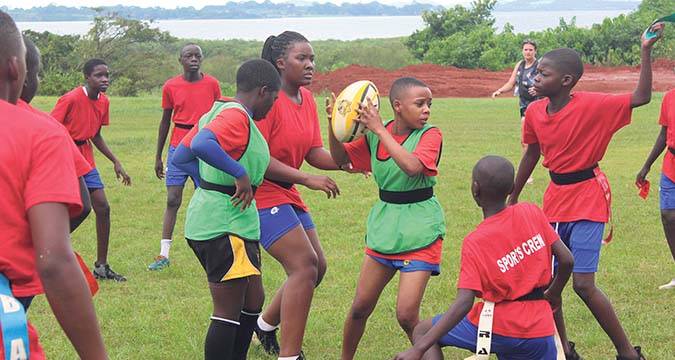 York Valkyrie recently spent a week in Uganda with the aim of boosting interest in rugby league and making a positive impact on the lives of those who play. Sebastian Sternik reports for Rugby League World.
When embarking on a rugby mission to the heart of Africa, it’s easy for outsiders to judge. ‘Why are you not building wells’, they might
York Valkyrie recently spent a week in Uganda with the aim of boosting interest in rugby league and making a positive impact on the lives of those who play. Sebastian Sternik reports for Rugby League World.
When embarking on a rugby mission to the heart of Africa, it’s easy for outsiders to judge. ‘Why are you not building wells’, they might York Valkyrie venture into Africa
 York Valkyrie recently spent a week in Uganda with the aim of boosting interest in rugby league and making a positive impact on the lives of those who play. Sebastian Sternik reports for Rugby League World.
When embarking on a rugby mission to the heart of Africa, it’s easy for outsiders to judge. ‘Why are you not building wells’, they might
York Valkyrie recently spent a week in Uganda with the aim of boosting interest in rugby league and making a positive impact on the lives of those who play. Sebastian Sternik reports for Rugby League World.
When embarking on a rugby mission to the heart of Africa, it’s easy for outsiders to judge. ‘Why are you not building wells’, they might 